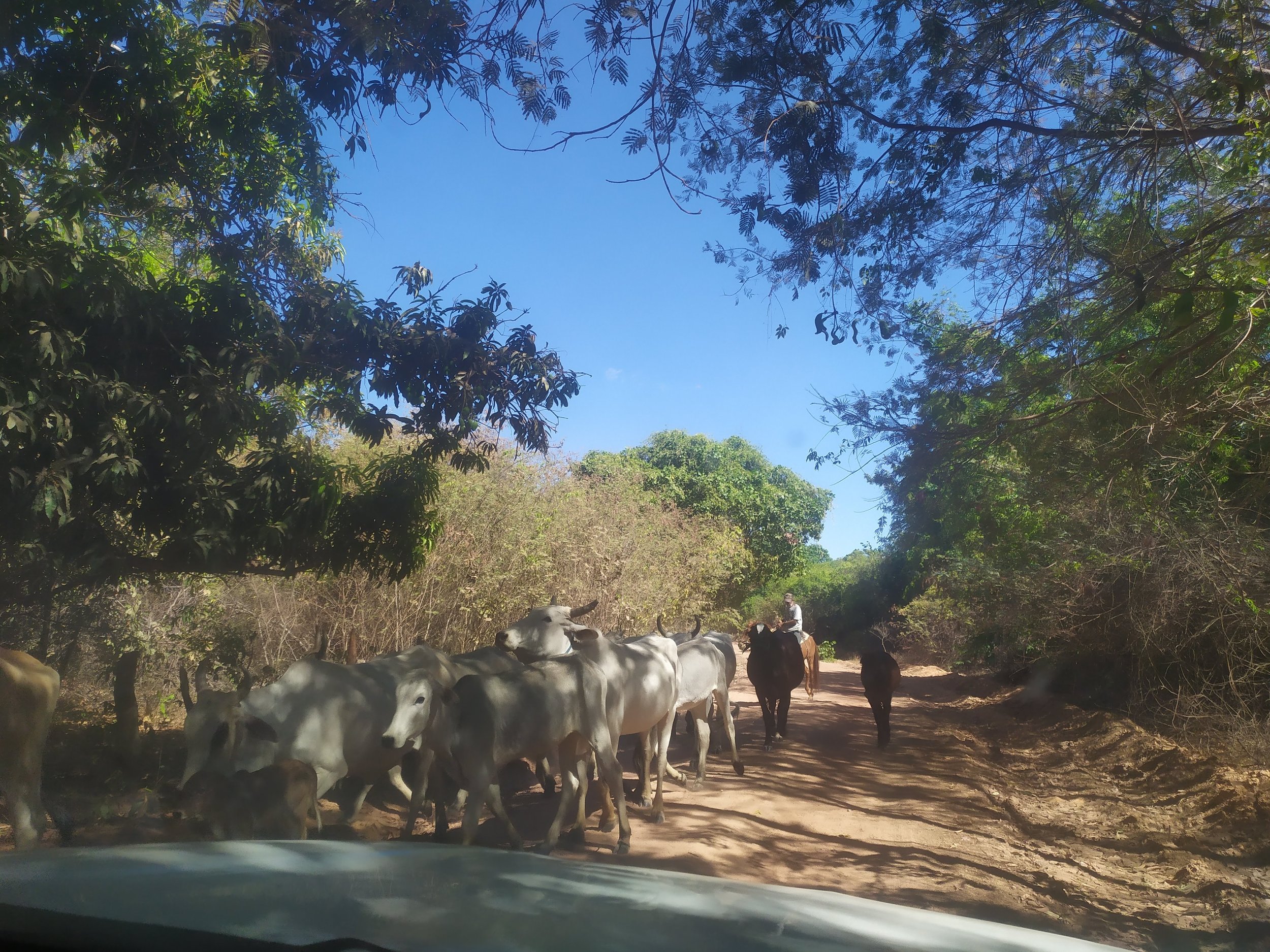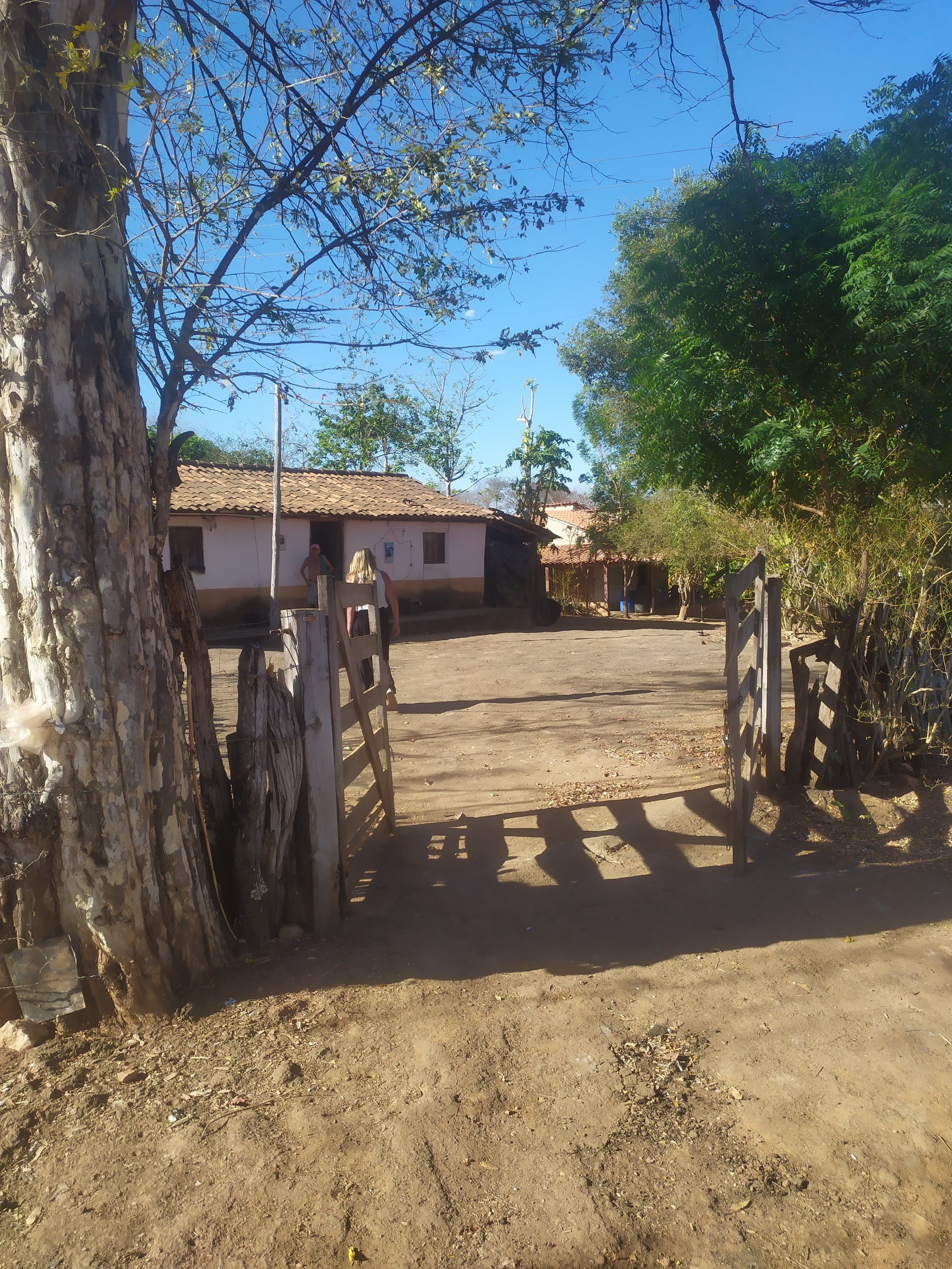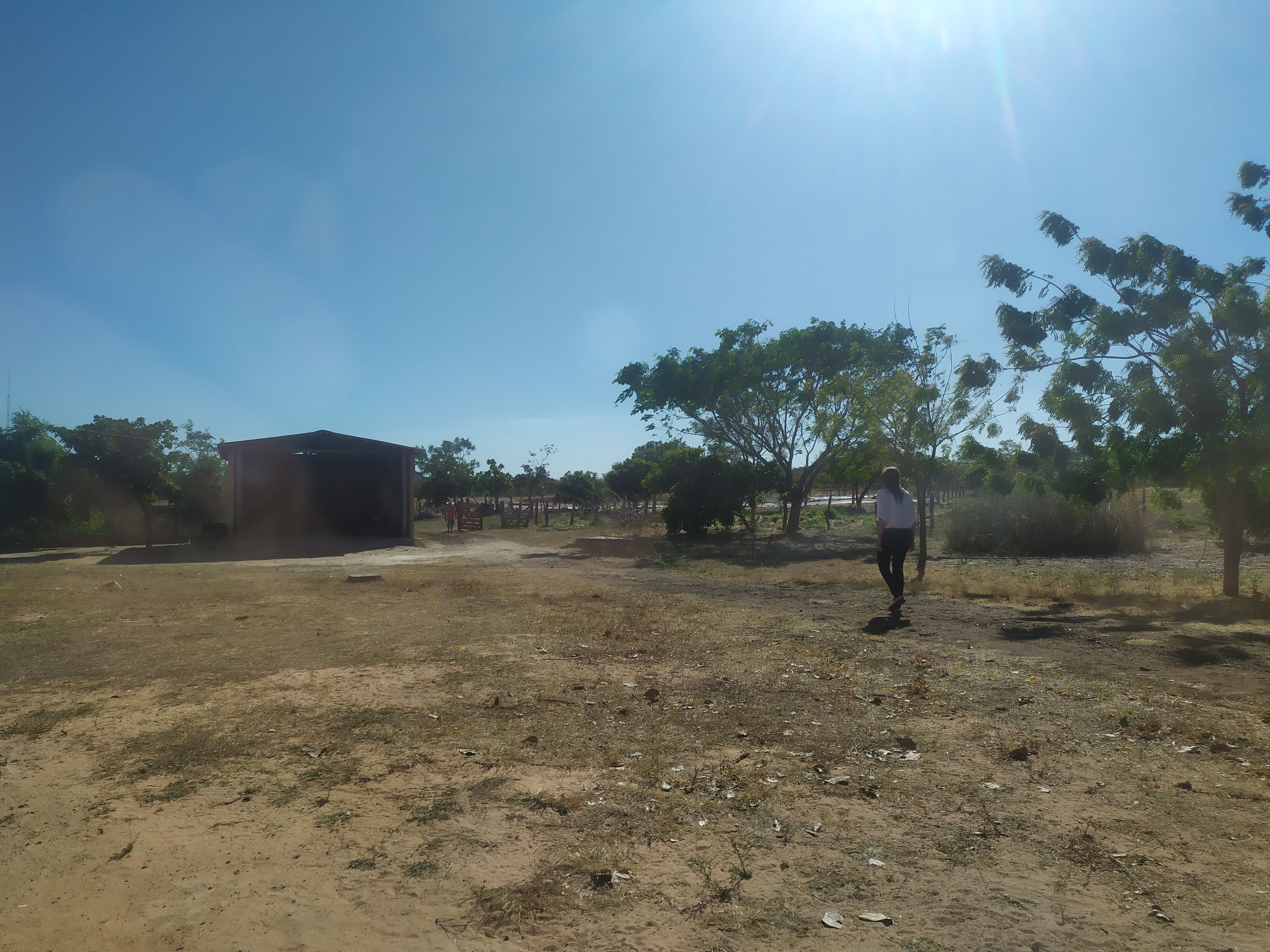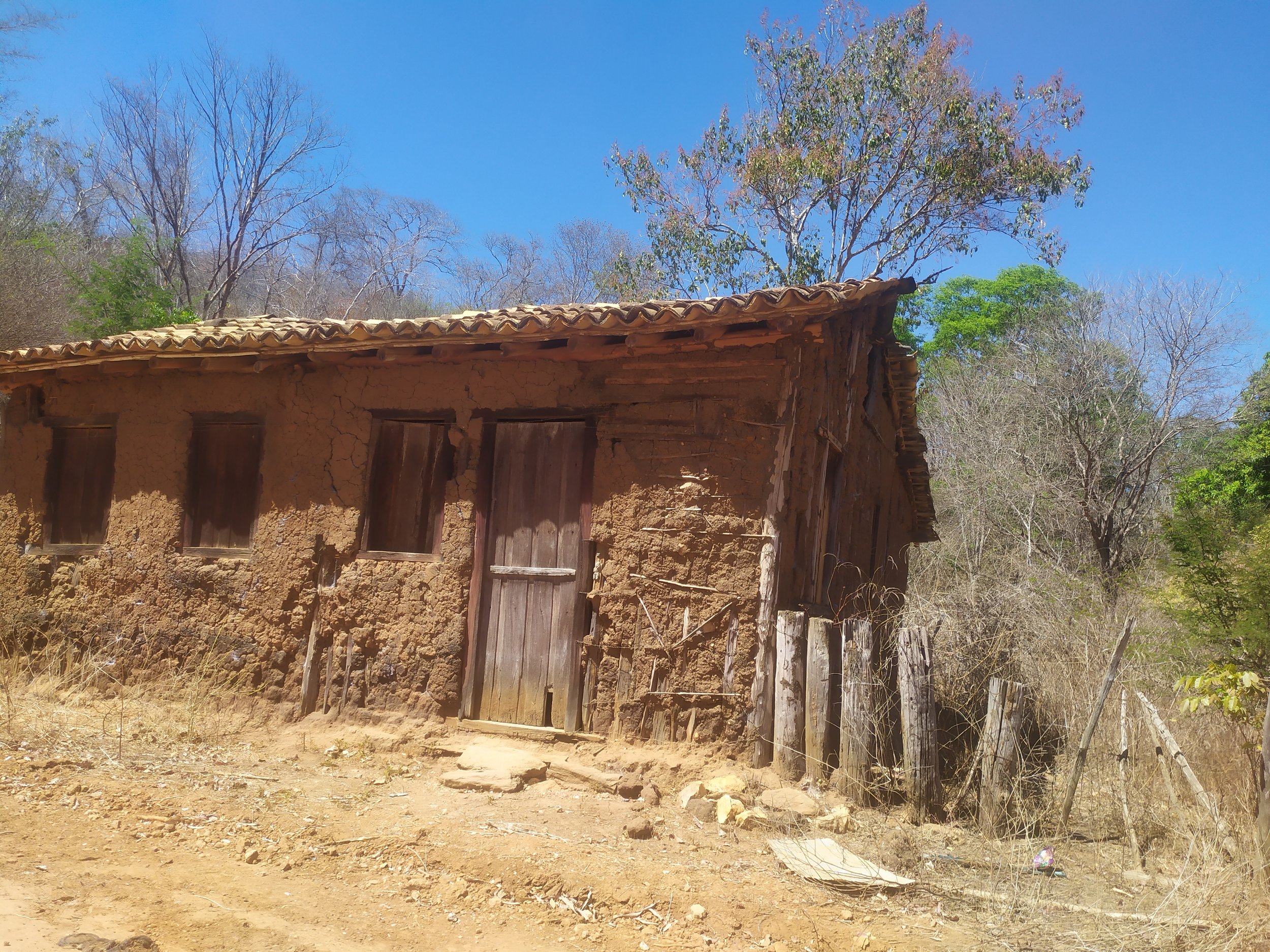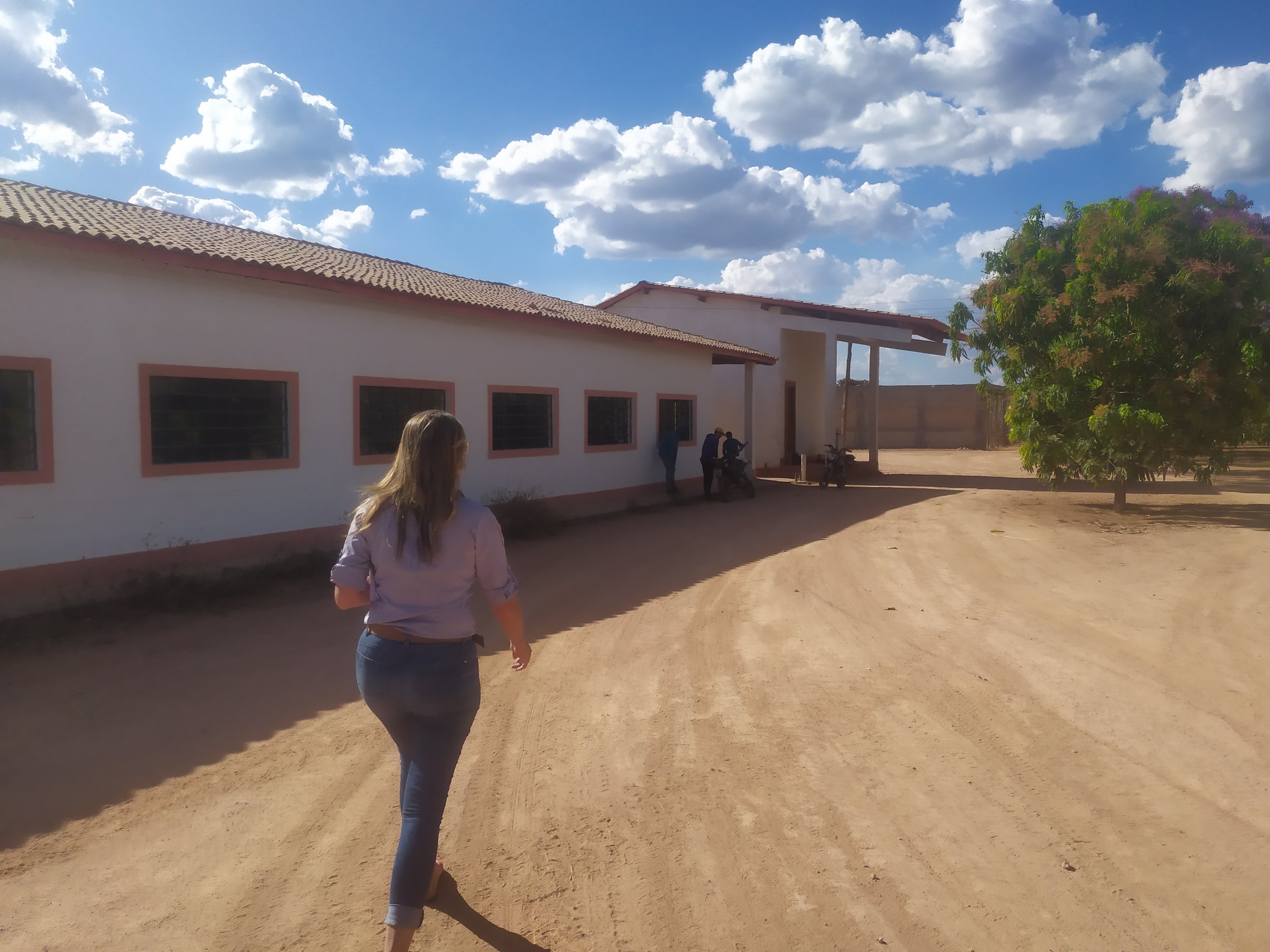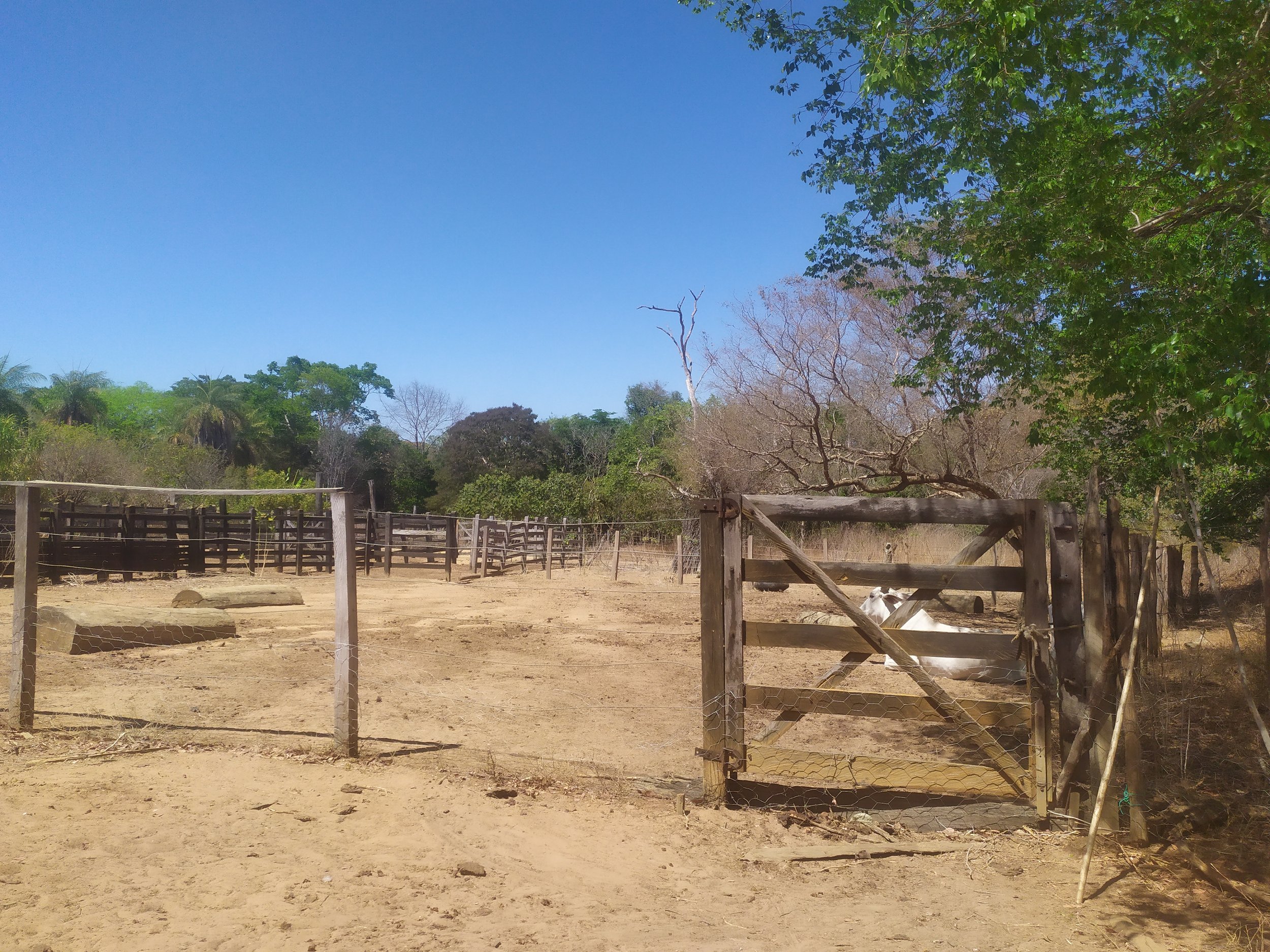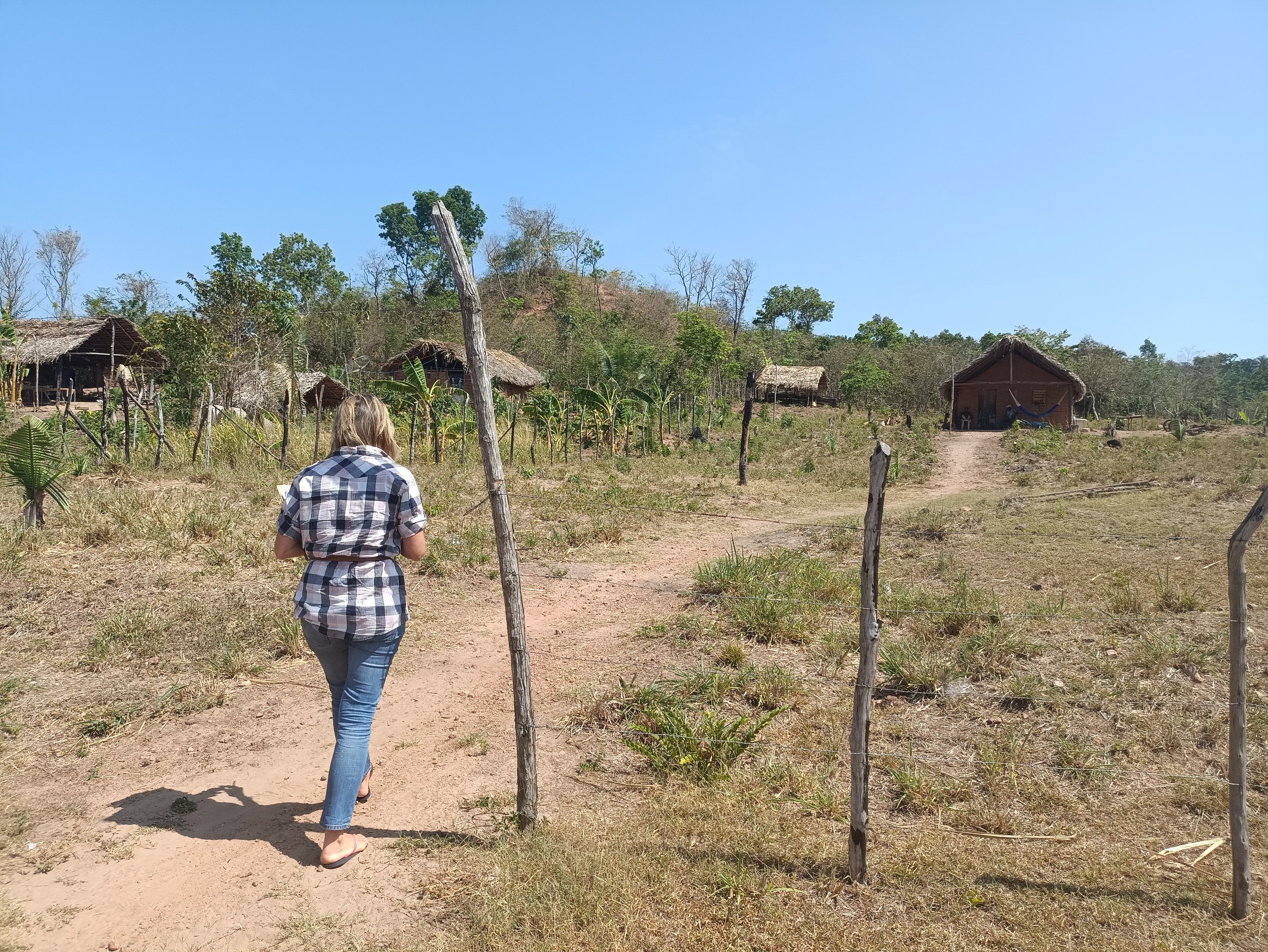Achieving agricultural sustainability in Matopiba
Research by the International Institute for Sustainability highlights challenges and opportunities for financial mechanisms to foster environmental conservation in the country's fastest-growing agricultural frontier.
With 91% of its area covered by the Cerrado biome, Matopiba's agricultural frontier displays growing rates of native vegetation being turned into farmland, especially for soy plantations. From 2000 to 2019, the area planted to soy grew 4.3 times, and accounted for 23% of soy production in the entire Cerrado biome. Another 10 million hectares of native vegetation highly suitable for agriculture in the region are still at risk of being cleared. The fact that expansion is taking place mainly in native vegetation areas – rather than pastures – makes it vital to find financial mechanisms, public policies, and other forms of incentives to encourage voluntary conservation and the reduction of legal deforestation.
From August to December 2022, researchers at the International Institute for Sustainability, in partnership with the Center for Conservation Science and Sustainability at the Pontifical Catholic University of Rio de Janeiro (PUC-Rio), led by Fernanda Gomes, sought to identify factors that influence farmers' decision-making on the ground, based on testimonies by 69 of them in the states of Maranhão, Tocantins, Piauí and Bahia. Using behavioral science tools, the researchers sought evidence to help explain decision making in the field and fuel initiatives favorable to the voluntary conservation of native vegetation in the region.
It is the first time in Brazil that behavioral science has been used to investigate what leads soy farmers to deforest, conserve or restore native vegetation on their land. "Understanding challenges faced by farmers is the key to finding financial mechanisms and innovative solutions they may be willing to adopt, with any likelihood of gaining scale and yielding results," says Carlos E. Quintela, director of the Land Innovation Fund. "The International Institute for Sustainability’s project is a valuable tool for mapping opportunities and possibilities for sustainable and climate-smart agriculture in the region," he adds.
Forty interviews were conducted with 45 soy farmers, 10 per state, and 20 with 24 cattle ranchers and/or producers of other crops, 10 in areas suitable for soy crops and 10 in areas not suitable. Of this total, 80% of the soy growers interviewed own farms of 500 to 10,000 ha. Most of them are third-generation families of migrant farmers from southern Brazil. 50% of the cattle ranchers and producers of other crops interviewed in this survey own farms of up to 500 ha inherited from families originally from the same state where the interviews were carried out.
Read the summary and full report on the IIS website.
SUSTAINABLE PRACTICES:
All the soy farmers interviewed for the survey claim to use sustainable practices on their farms to achieve better production results, reduce costs and improve soil quality. The most commonly adopted practices are no-till farming, biological nitrogen fixation, use of bio-inputs, contour planting and integrated pest management. For the interviewees, barriers still limiting greater adherence to sustainable measures are the cost of some of these practices, climate and logistical difficulties common in the region, and the lack of technical knowledge to implement the process.
For Fernanda Gomes, despite the high adoption rate of sustainable practices, Brazilian farmers still feel underrated in their role as food producers, and stigmatized by sectors of society who see them as environmental villains. "Most already adopt sustainable farming practices, out of concern for conserving natural resources, and realize the importance of native vegetation to provide ecosystem services, proudly showcasing the preservation of the Legal Reserves on their properties. Recognizing what is already being done for the climate and Brazilian biodiversity is the first step towards encouraging them to do even more," Fernanda believes.
Under the Brazilian Forest Code, farmers must allocate part of the farm's native vegetation area to a Legal Reserve (RL) or Permanent Preservation Area (APP), as a mandatory contribution to environmental conservation and climate change mitigation. For the Cerrado located inside the Legal Amazon region, at least 35% of each farm is required by law to be preserved with native vegetation. In the Cerrado outside the Legal Amazon, the percentage is 20%. "Owners who comply with this requirement believe they are already doing their part to improve the global climate or conserve biodiversity. There are few mechanisms, however, to turn voluntary conservation, or else the restoration of lost vegetation, into an attractive business opportunity for farmers", she believes.
SCENARIOS:
The survey had several questions about motivations for decisions in two possible and distinct scenarios on the region's farms: degraded areas and/or areas with surplus native vegetation; i.e., cases where the farmers already had enough regularized Permanent Preservation Areas (APP) and Legal Reserves (RL) on their land.
For the first scenario, the vast majority of soy farmers who answered the question – 22 of them – stated that they would recover the degraded area to plant more grain for the financial return, to increase their crop production area and to recover the soil with the crop. Among cattle ranchers and other farmers interviewed for the survey, only three said they would recover their degraded area to plant soybeans. The majority, however – 8 of them – would recover the degraded area to increase the size of the herd, because it costs less to open a pasture than a soy plantation, or because the increase in organic matter would help recover the soil and prepare it for a soy plantation in the future.
Only five farmers, of those producing soy, other crops, and livestock, would restore native vegetation in degraded areas as an attractive alternative in areas unsuitable for livestock or crops, due to the low cost of natural regeneration, the potential for income generation from commercial timber extraction and improvements to the farm's microclimate. The survey also found that farmers see an economic advantage in expanding soy crops into native vegetation areas due to the lower price of land and better soil quality, compared to areas that are already cleared or machine tilled. On the other hand, bureaucracy and the time it takes to get a license to suppress native vegetation can make a difference in this decision.
For scenarios with plentiful reserves on farms with APPs and RLs, 21 of 38 soy farmers interviewed said they would clear the area to grow grain because of the financial return and the appreciation of the open land values at the time of sale. Among the barriers perceived to such expansion are the high cost of removing the vegetation and preparing the soil, the scarcity of skilled labor, bureaucracy to get environmental licenses, uneven terrain in parts of the land that are not suitable for cultivation, and possible impacts on the local community.
Among cattle ranchers and producers of other crops, only 1 of 19 would convert the preserved area into a productive area. Most of them – 10 of the 19 interviewees – would conserve voluntarily because many of them use the area for cattle to graze in the dry season or to extract wood for their own use; some could not afford to pay to clear the areas; the area would be too small to cultivate; or their current production is already sufficient. Some members of this group emphasized the benefits of preserving nature, such as climate improvement, rainfall regulation and animal welfare.
FINANCIAL MECHANISMS:
The survey found that the majority of the region’s farmers – 73% of soy farmers and 61% of cattle ranchers – not willing to spontaneously conserve or restore would however accept financial compensation to voluntarily conserve or restore native vegetation on their farms, depending on a few factors. Almost 40% of those who would agree to receive Payment for Environmental Services (PES) to restore or conserve think that the fair value for the service would be equivalent to the annual profit from soy farming per hectare, while 17% would accept a value equivalent to leasing the land. The only institutions unanimously mentioned by soy producers as reliable for negotiating an agreement are traders and farmers' associations.
Major factors listed by producers to accept a PES for voluntary restoration and conservation of native vegetation are the financial returns of such payments compared to the opportunity cost of the land, the absence of and/or low agricultural potential of the specific area, benefits to the community and the environment, and the financial capacity of the service payer.
For the IIS, the results indicate that various non-financial strategies based on behavioral evidence, combined with environmental service payment mechanisms, could increase the cost-effectiveness of incentives and farmers’ adherence to deforestation reduction programs in the Cerrado. "Public, private and multilateral policymakers now face the challenge of reconciling global climate and biodiversity-conservation agendas with economic and social development, by focusing on the role of farmers and traditional communities," says Fernanda.
Reduced bank interest rates, better conditions to purchase everything from land to seeds, carbon credit trading and discounts on inputs are some of the possible solutions to encourage environmental conservation and restoration. "Listening to farmers and paying them for environmental services favorable to conservation is fundamental to fostering more sustainable and climate-smart farming in the 21st century," says the Fund's director, Carlos E. Quintela.
"Public, private and multilateral policymakers now face the challenge of reconciling global climate and biodiversity-conservation agendas with economic and social development, by focusing on the role of farmers and traditional communities," says Fernanda.
CARBON MARKET:
The carbon market is one of the market's possible avenues to pay for environmental services. But there is still not enough data to convince farmers that low-carbon agriculture can bring financial returns to the farm. "It is necessary, first of all, to educate farmers on the workings of the carbon market. Many have heard of it and have a certain understanding of the subject, but the vast majority do not know how this market works or how to access it. It is also important to have mechanisms that allow small and medium growers to gain access, with information presenting it as an attractive business opportunity for farmers", Fernanda believes.
NEXT STEPS:
In the project's next stage, the IIS will hold a workshop to propose solutions and strategies to reduce legal deforestation in the Cerrado, based on behavioral evidence identified through the interviews with farmers. The event will hear from stakeholders in the soy production chain and experts in sustainable agriculture, behavioral sciences, biodiversity conservation and policies to reduce deforestation from the public, private and third sectors. The solutions and strategies proposed there will then be tested with farmers in the MATOPIBA region and feed the formulation of public, private, and multilateral policies to reduce deforestation in this biome.


